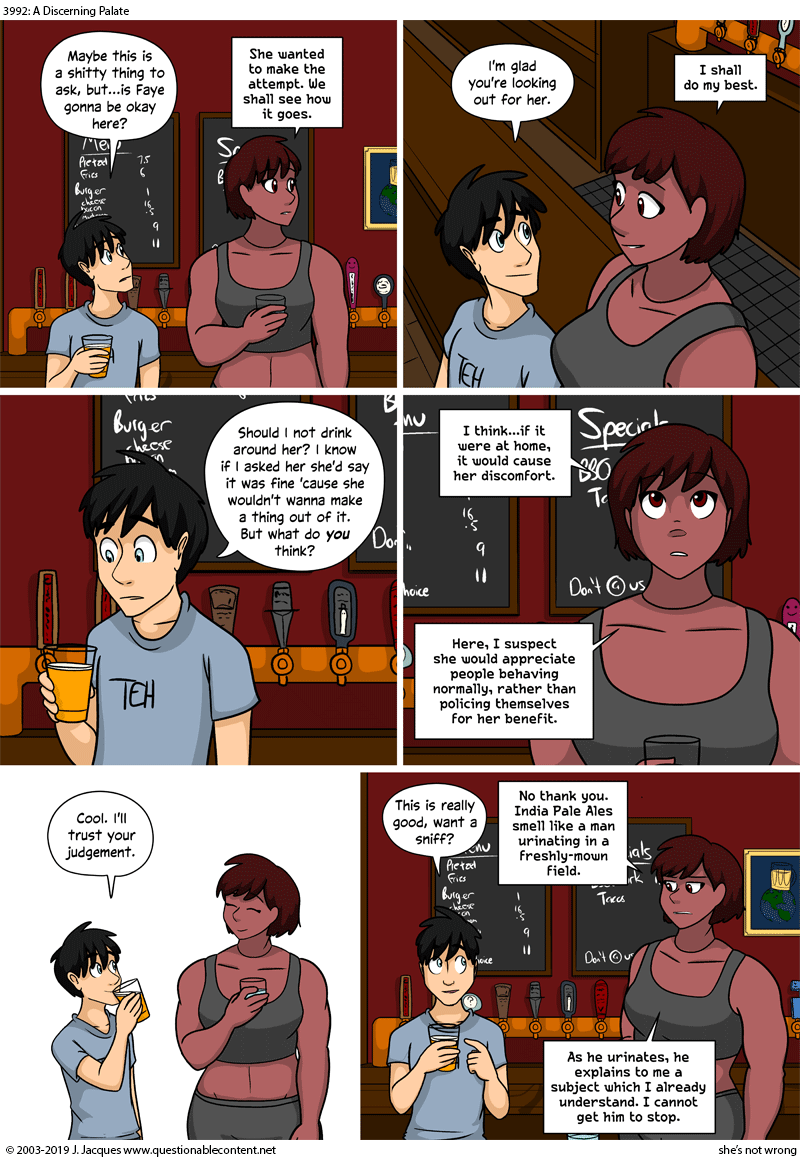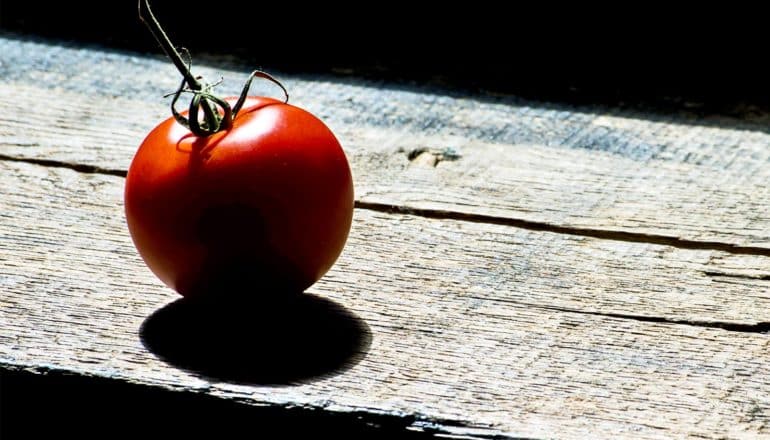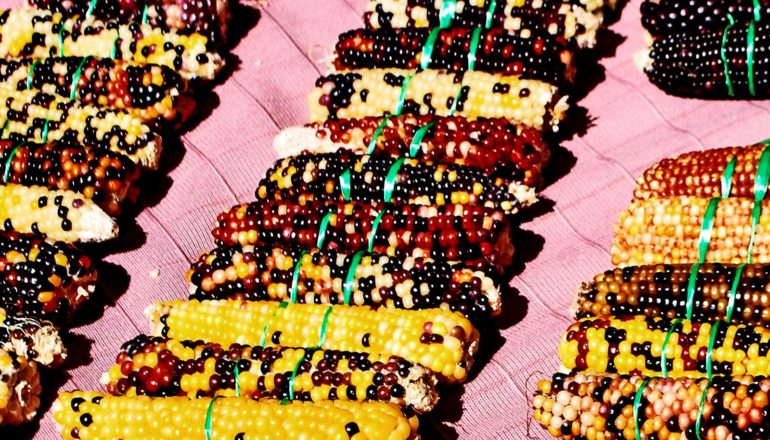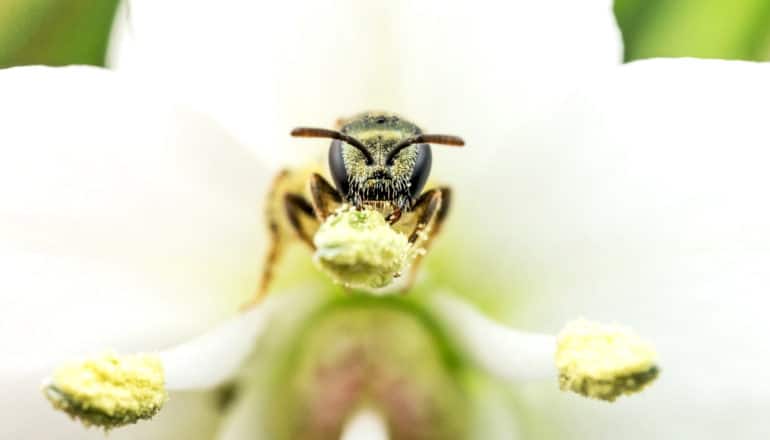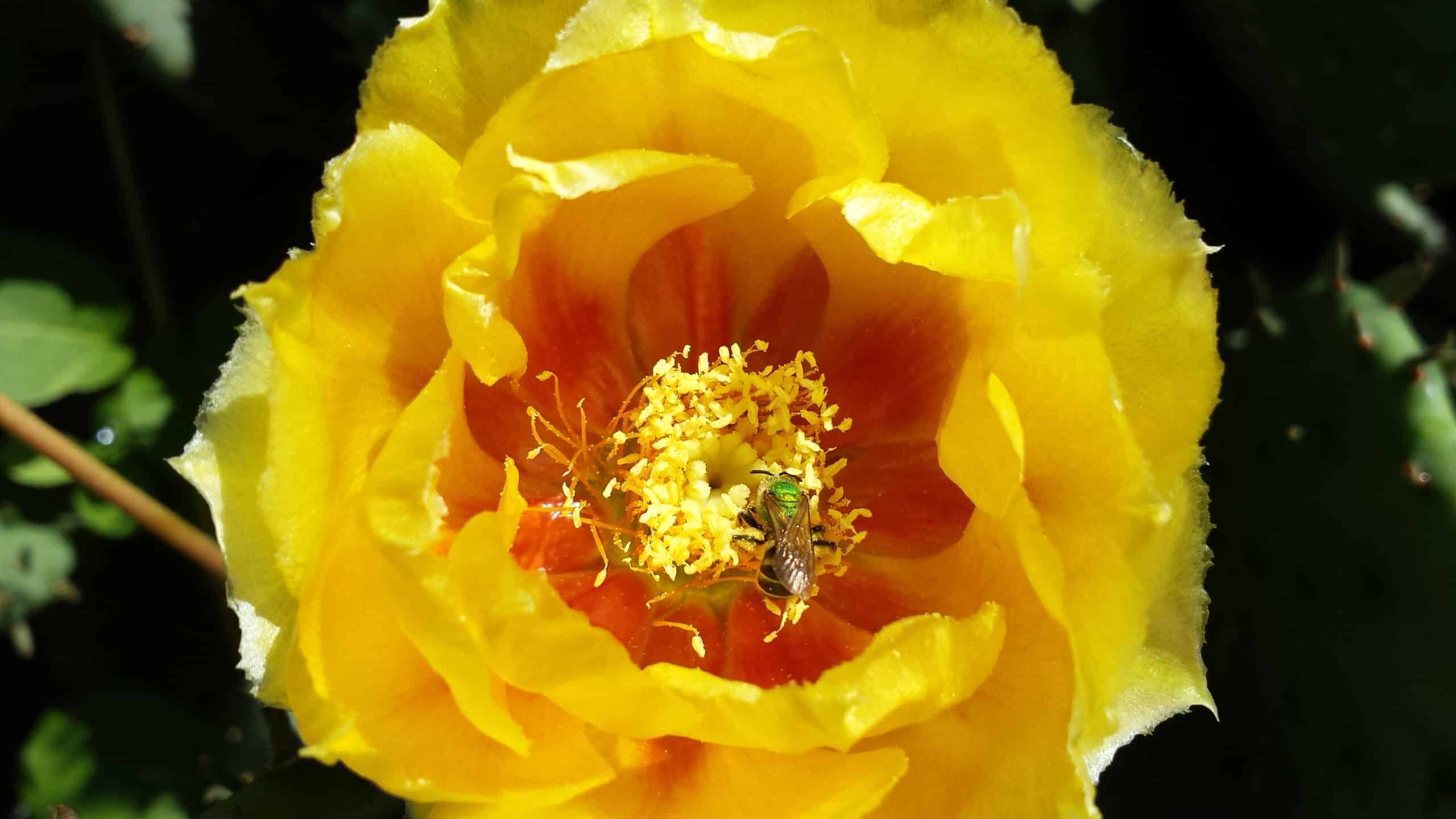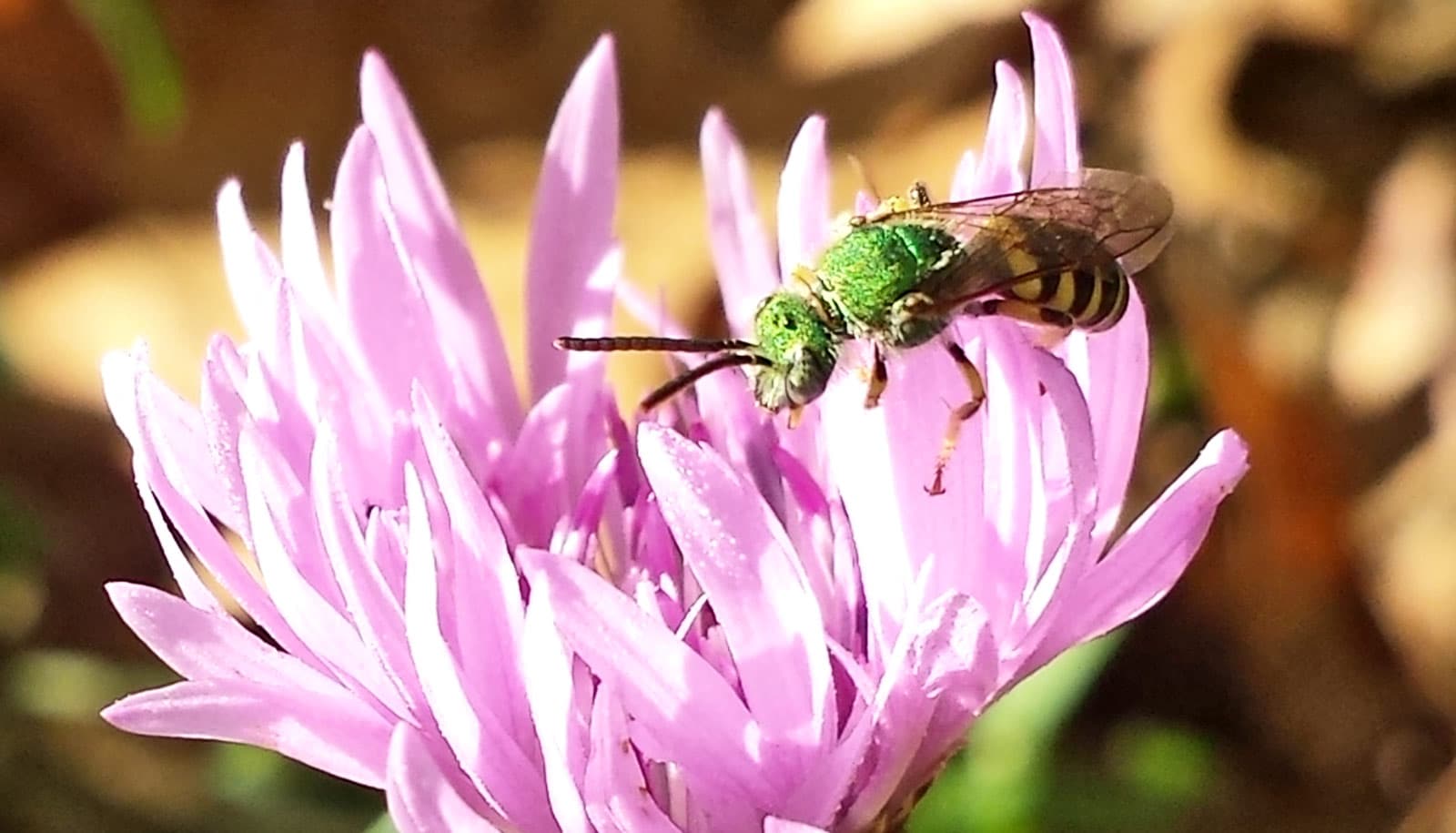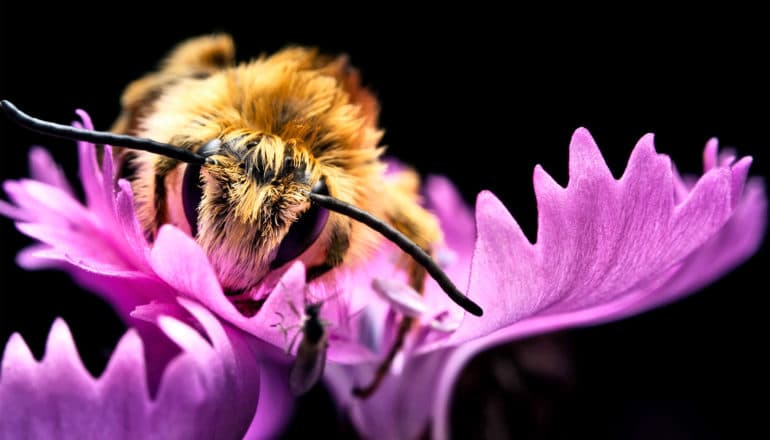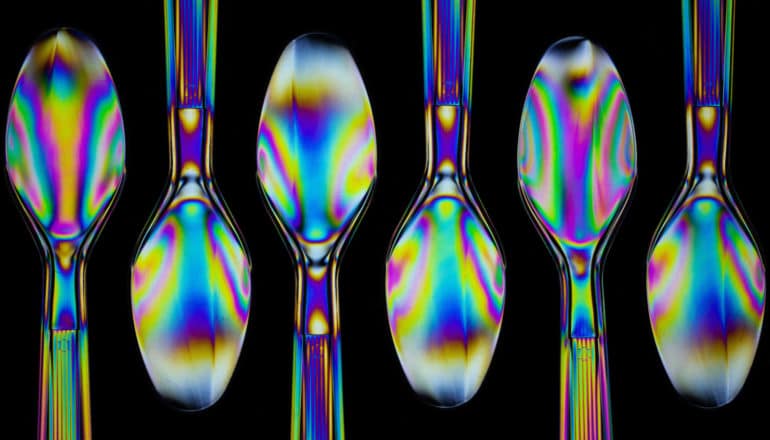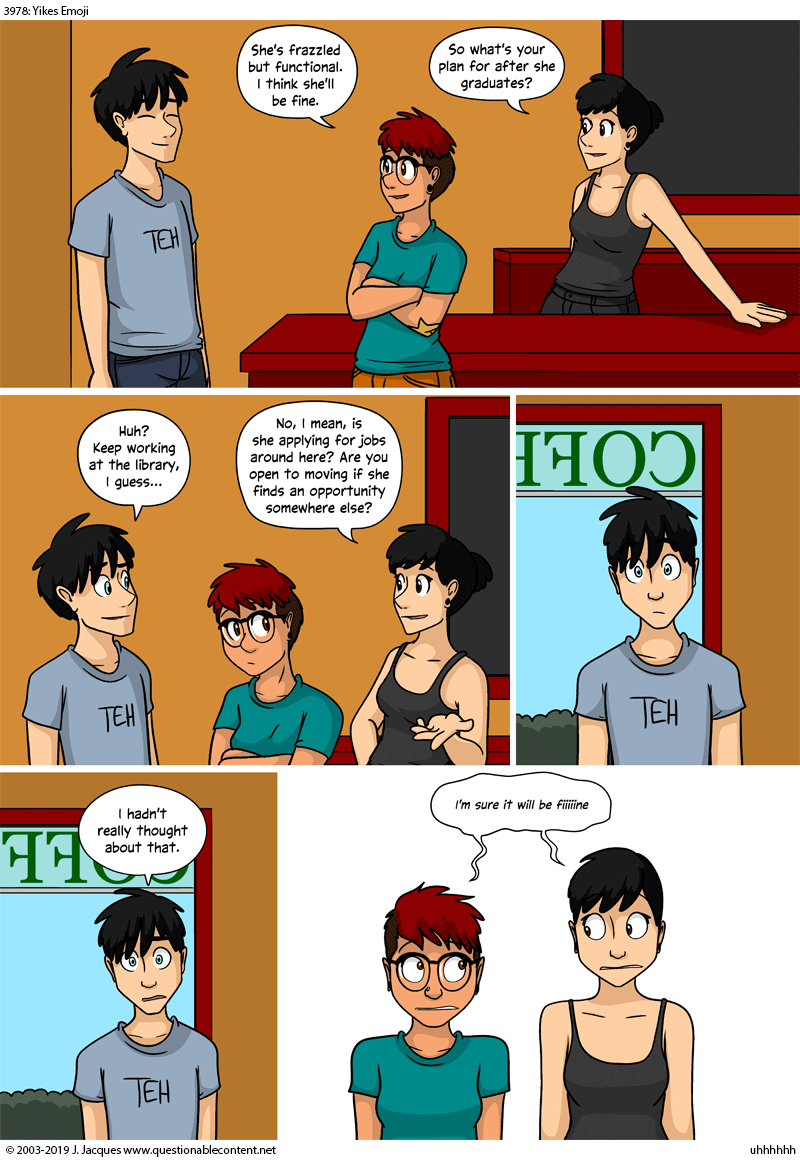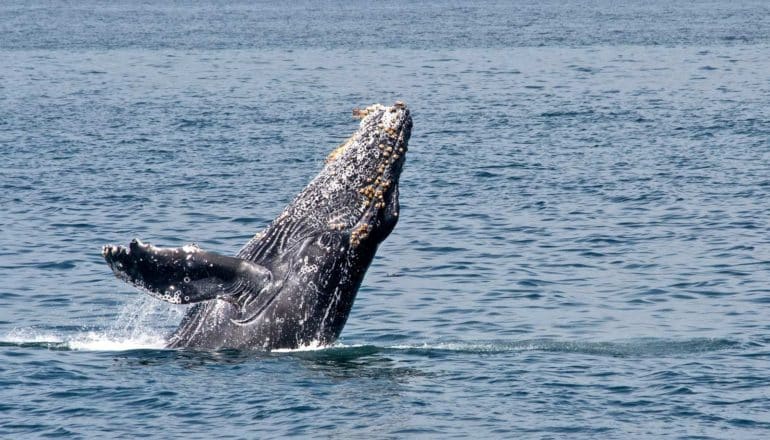
Barnacles that hitch rides on the backs of humpback and gray whales not only record details about the whales’ yearly travels, but also hang on to the information after they fossilize.
That helps scientists reconstruct the migrations of whale populations millions of years in the past, according to a new study.
Oxygen isotope ratios in barnacle shells change with ocean condition and allow scientists to chart the migration of the host whale, for example to warmer breeding grounds or colder feeding grounds.
Now, marine paleobiologists have discovered that barnacles retain this information even after they fall off the whale, sink to the ocean bottom, and become fossils.
As a result, the travels of fossilized barnacles can serve as a proxy for the peregrinations of whales in the distant past, like GPS trackers from the Pleistocene.
“One of the more exciting things about the paper, in my mind, is that we find evidence for migration in all of these ancient populations, from three different sites and time periods, but also from both humpback and gray whale lineages, indicating that these animals, which lived hundreds of thousands of years ago, were all undertaking migrations similar in extent to those of modern-day whales,” says lead author Larry Taylor, a doctoral student at the University of California, Berkeley.
One surprise finding: different subpopulations of humpback whales have used the coast of Panama as a meeting ground for at least 270,000 years and still do today. Whales visit Panama from as far away as Antarctica and the Gulf of Alaska.
Changing climate
The new findings about ancient migration will help scientists understand how migration patterns may have affected the evolution of whales over the past 3 to 5 million years and how these patterns changed with changing climate. The findings will also help predict how today’s whales will adapt to the rapid climate change happening today.
“We want to understand how malleable migratory behavior has been through time, how rapidly whales have adapted to previous climate changes, and see if this can give us some clues as to how they might respond to the current changes in Earth’s climate,” Taylor says. “How will whales cope with that, how will the food base shift, how will the whales themselves respond?”
Barnacles are crustaceans, like crabs, lobsters, and shrimp, that remain stuck in one place their whole lives, encased in a protective hard shell and sticking out their legs to snatch passing food.
Most glue themselves to rocks, boats, or pilings, but whale barnacles attach to a whale’s skin by boring down into it. Some whales carry up to 1,000 pounds of barnacles, visible when they breech. Scientists use clusters of barnacles to identify individual whales.
“This gives the barnacle several advantages: a safe surface to live on, a free ride to some of the richest waters in the world, and a chance to meet up with other (barnacles) when the whales get together to mate,” says Aaron O’Dea, of the Smithsonian Tropical Research Institute in Panama.
Ancient migrations
Taylor’s technique works because different species of whale barnacle hitch rides on different species of whale, so paleontologists can know, when they find a fossilized barnacle, which species it rode with. Normally, the barnacles stay with a whale between one and three years, until they fall or get brushed off, often at whale breeding grounds. Scientists have found at least 24 fossil assemblages of whale barnacles around the world, Taylor says.
The new discovery means that the fossilized barnacles recovered at these sites reveal a lot about ancient migrations of humpbacks, gray whales, and perhaps other baleen whales (toothed whales, such as sperm whales, don’t host many barnacles), potentially turning up previously unsuspected feeding and breeding areas.
The technique is based on measuring the oxygen isotopes in the calcium carbonate, or calcite, shell of the barnacle. The ratio of oxygen-18 to oxygen-16 goes up as the temperature drops.
Since barnacles lengthen their shells by a few millimeters a month as they try to stay attached to whales in the face of the mammals’ shedding skin, the composition of the new shell reflects the ocean temperature and general isotopic composition where it formed.
Taylor built on previous work showing that barnacles attached to living gray whales record a chemical signature of their migrations. He confirmed that the isotopic composition of the humpback whale barnacle (Coronula diadema) also tracks its environment today during the whales’ yearly migration, showing monthly changes.
He then demonstrated that scientists could similarly analyze fossilized barnacles from Panama and from the California coast, and that they showed isotopic changes similar to that of today’s whales.
This technique will be particularly valuable for studying prehistoric humpback populations, Taylor says, because the humpback was and is more cosmopolitan than the California gray whale, cruising widely through the Pacific and Atlantic oceans.
Scientists theorize that whale migration began as food sources became more scattered as the climate changed 5 million years ago. Modern Pacific whales migrate tens of thousands of miles annually, visiting several known feeding areas and returning to warm waters off Central and South America or Hawaii to breed.
“We plan to push this approach further back in time and across different whale populations,” says senior author Seth Finnegan, an associate professor of integrative biology at UC Berkeley.
“We hope that by analyzing other aspects of the geochemistry of the barnacles shells we might ultimately be able to figure out what areas different ancient whale populations were migrating to.”
Timothy Bralower of Penn State contributed to the study, which appears in the Proceedings of the National Academy of Sciences. The National Science Foundation, the National System of Investigators in Panama, the Paleontological Society, the Geological Society of America, Sigma Xi, and the University of California Museum of Paleontology funded the work.
Source: UC Berkeley
The post Barnacle ‘GPS’ tracks millions of years of whale migration appeared first on Futurity.
Photo Credits: Zoos Victoria /Healesville Sanctuary
